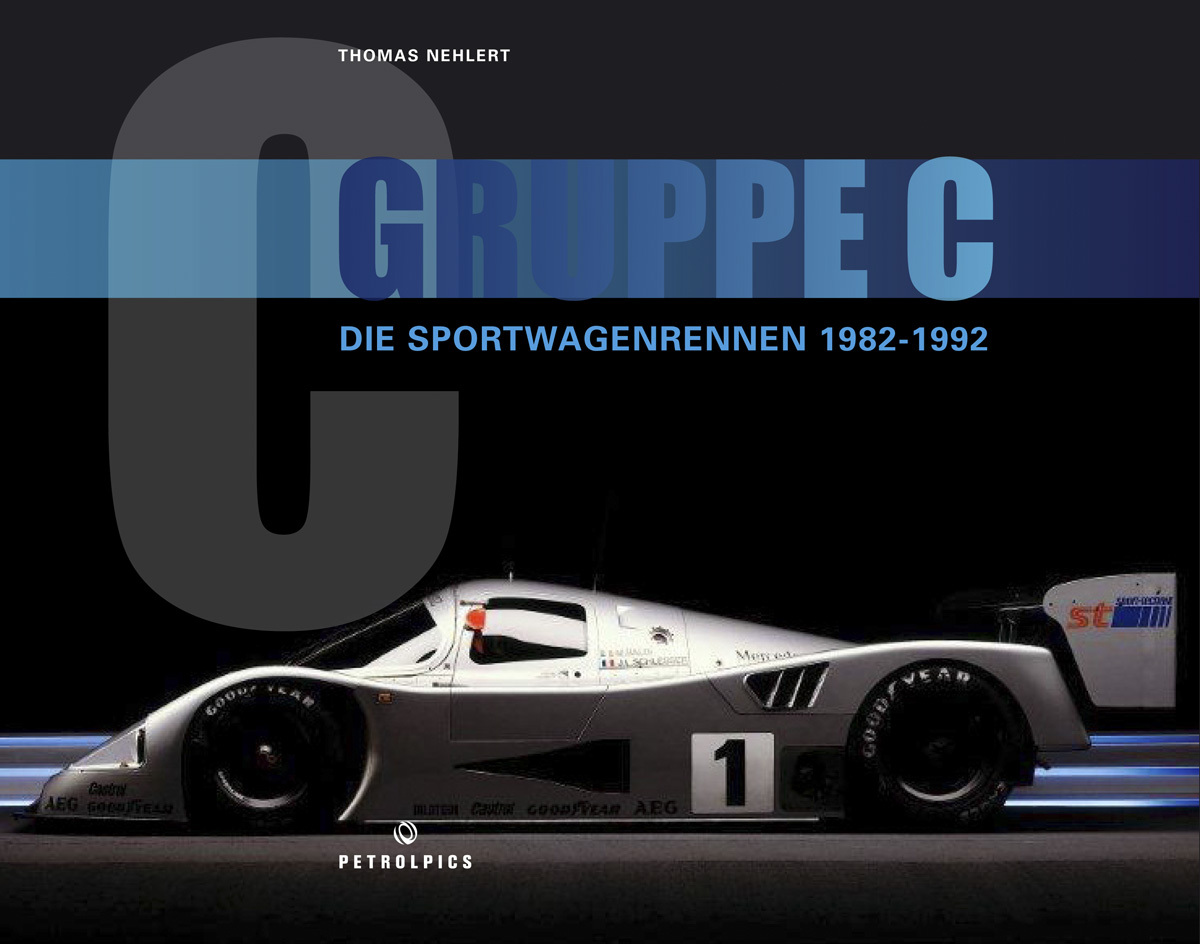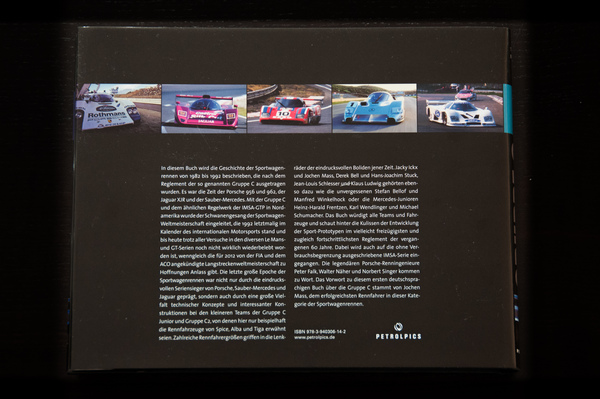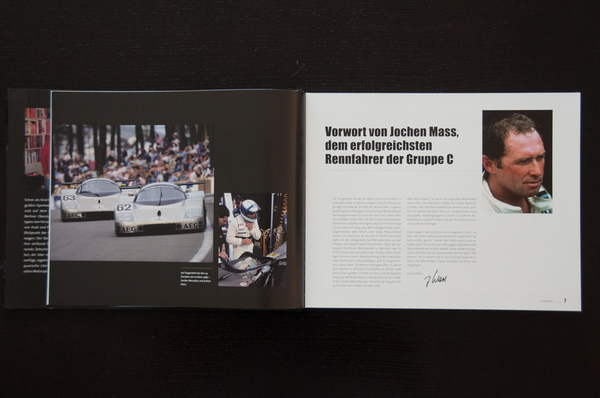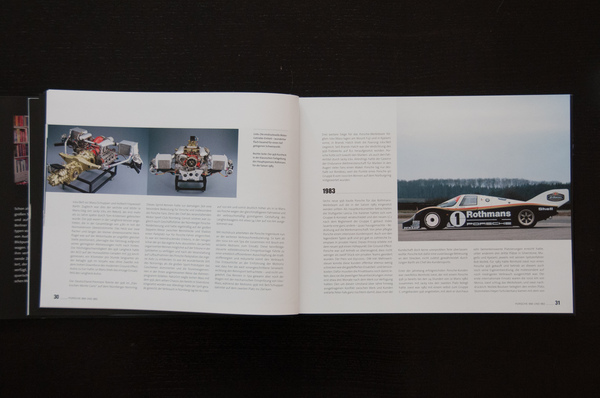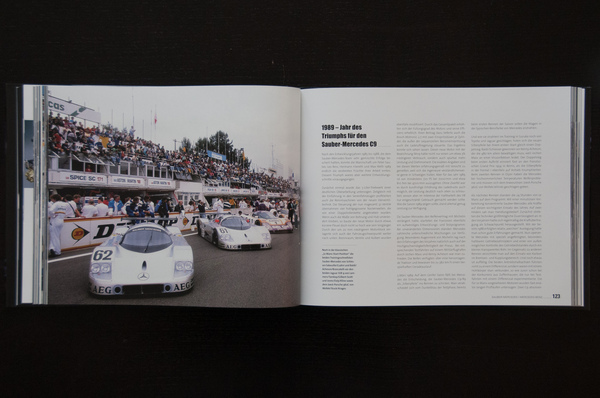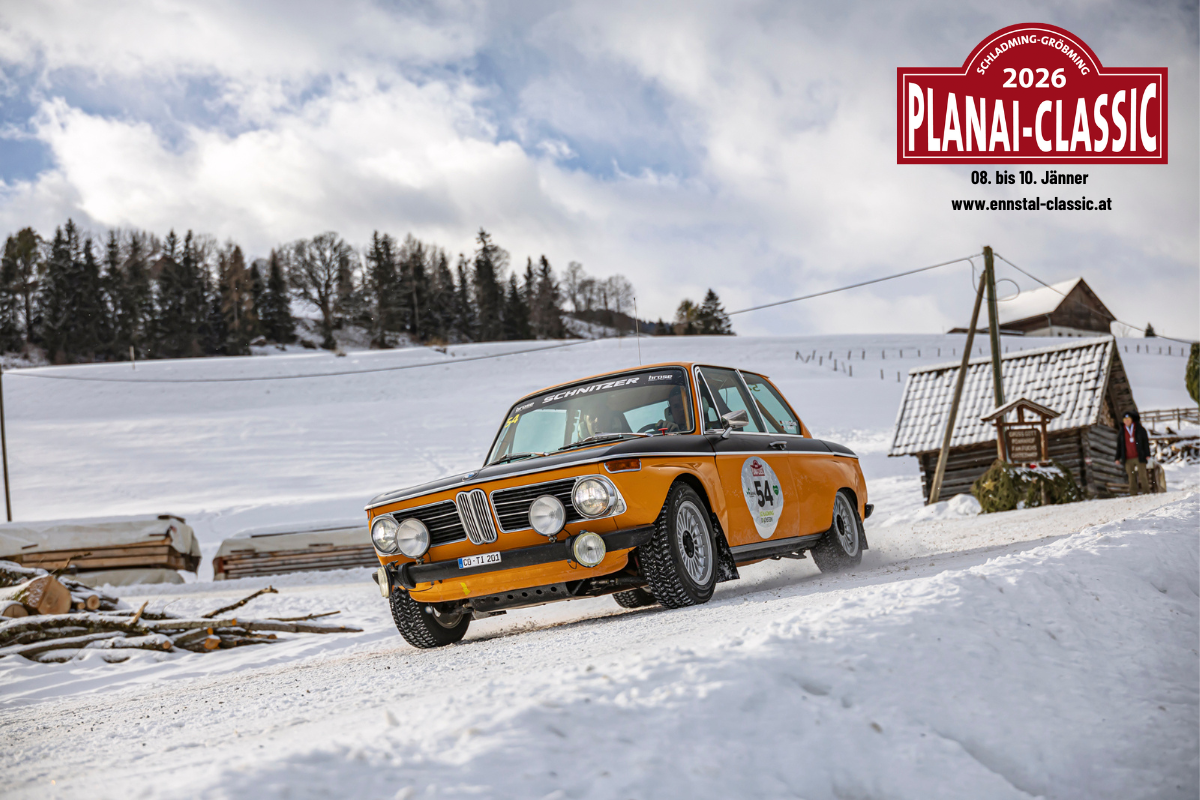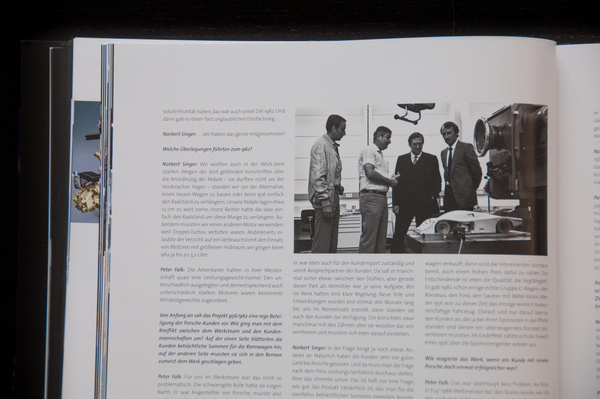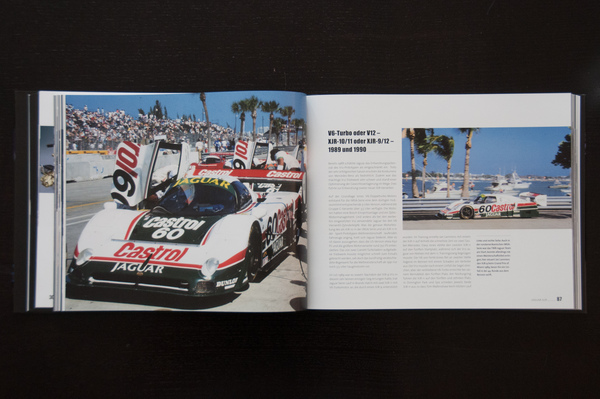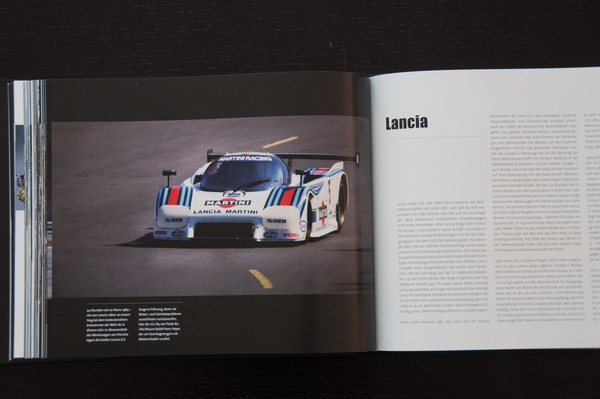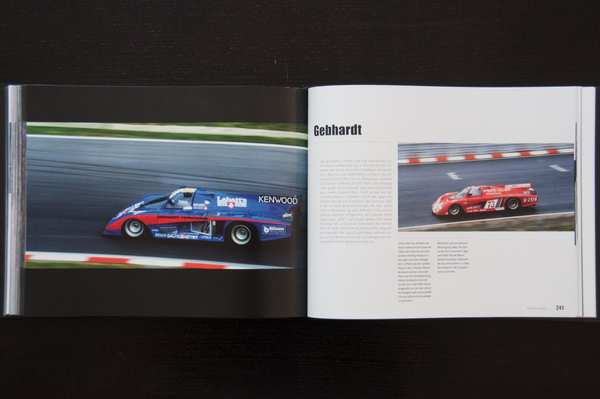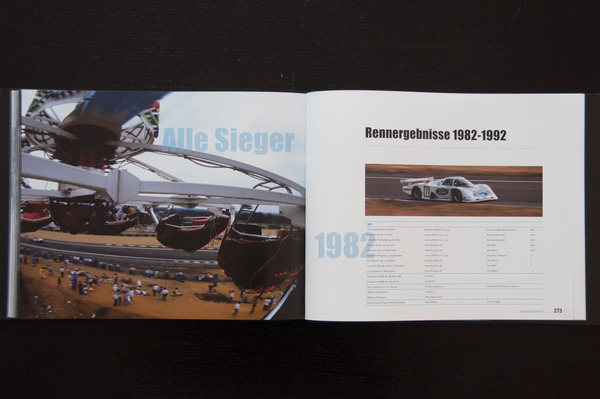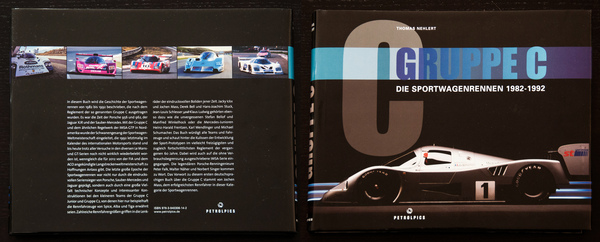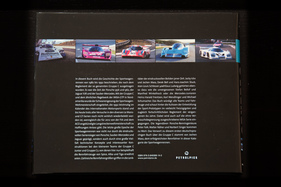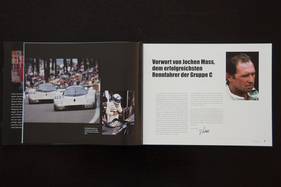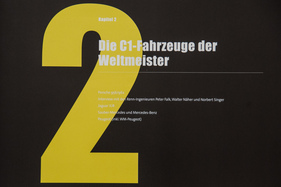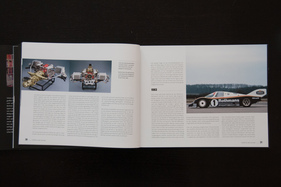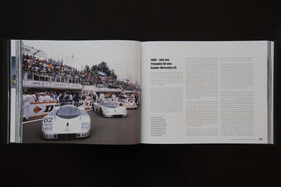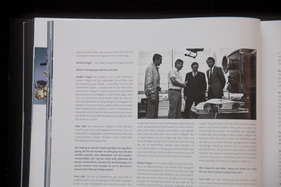Endurance fans have known it for a long time: Porsche is finally returning to Le Mans this year with the aim of taking overall victory in the 24-hour classic. Porsche enthusiasts have had to wait a long time: the last overall victory for a Porsche vehicle in the prototype class was celebrated in 1987 as part of the Sports Car World Championship, when the Porsche 962C of Stuck/Bell/Holbert crossed the finish line.
The premier class with the prototypes was then called "Group C" (actually C1, you can find out more about this in the book). In keeping with Porsche's comeback at Le Mans this year, a sprint race with exclusively "Group C" vehicles is taking place as part of the supporting program of the actual 24-hour race. We took this as an opportunity to review this fantastic and detailed book, even though it will soon be out of print.
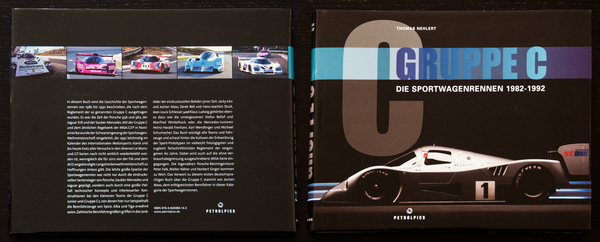
Legend after legend
After a short but very apt foreword by Jochen Mass and an informative summary of the regulations of the first "green" formula in motorsport, the focus switches to the vehicles. Each important vehicle type is presented in detail and all evolutions over the years of the entire Group C era are covered.
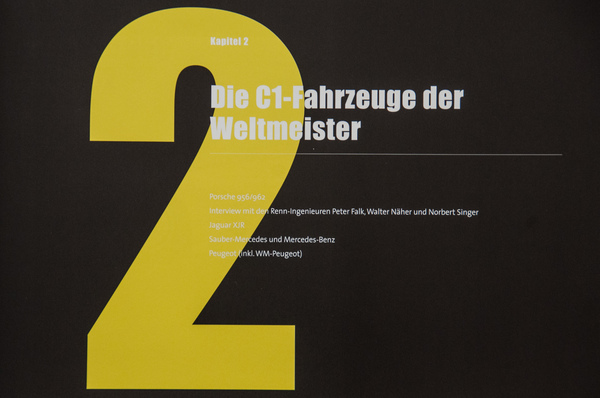
It is of course not surprising that the two most successful Group C cars open this extremely extensive chapter: the two Porsche 956 and 962. It begins with a snow-white and still sponsor-free Porsche 956 Langheck at the winter rollout in Weissach and ends with the end of Group C with the enduring Porsche 962 LM.
Showing the vehicles and their further development during the years of use in detail is a successful approach by the author to captivate the reader's thoughts unwaveringly on one vehicle and thus to wander through the years.
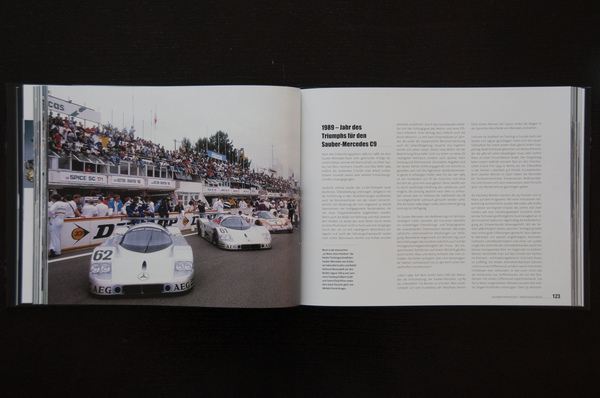
The great thing is: once you've enjoyed the end of a vehicle era, you can jump right back to the beginning by turning a page, only with a different vehicle! It continues with the many evolutions of the Jaguar XJR models, where your eyes wander with pleasure over pictures of the Silkcut and you can look over Ross Brawn's shoulder as he once again drove Jaguar to the top with the XJR-14.
But Group C would not be Group C if the Sauber-Mercedes models had not existed. On almost 50 pages, the development of the C models is described in detail and with technical depth. The phenomenal comeback of Mercedes-Benz is illustrated in great detail and shows the last Mercedes-Benz C291 prototype right up to the final race and victory.
The wealth of information is impressive, even up to this point, but there are also chapters on Peugeot and its Group C cars, on Aston Martin including Nimrod and Emka, of course Lancia and Ford as well as Nissan, Rondeau, Spice, Tiga and Toyota.
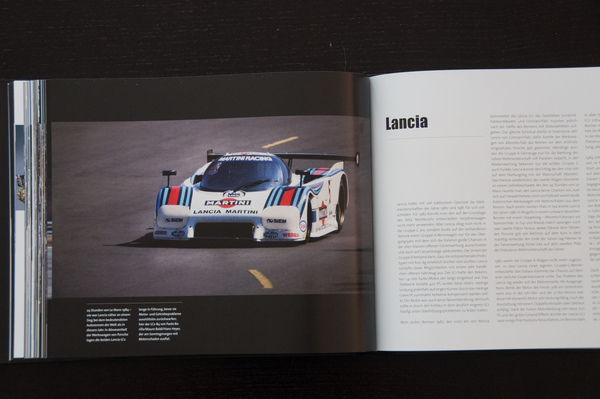
Loosening up with table talk
Basically, the book has a technically factual and documentary character with a claim to completeness. A chapter with a recording of a conversation between well-known Porsche racing car engineers comes in handy: Peter Falk, Walter Näher and Norbert Singer discuss the tasks and challenges surrounding the 956 and 962 models.
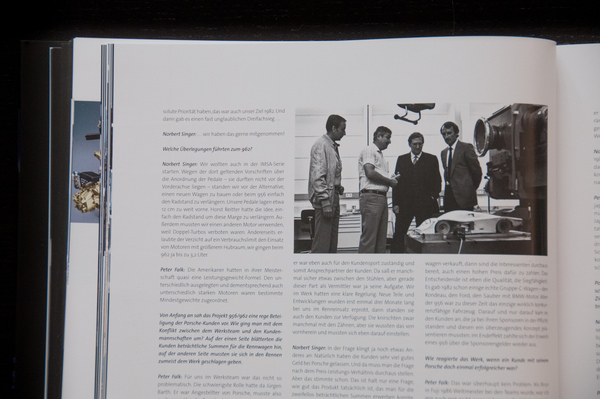
Flexible rules, varied technology
Thanks to the permissive rules of Group C, a wide variety of approaches to vehicle design emerged. The last chapter is dedicated to this diversity. Only connoisseurs will experience an "aha" effect here, otherwise names such as ADA, Argo, Ceekar or Lyncar are likely to elicit nothing more than an ignorant shake of the head. We find it particularly noteworthy that these vehicles are also described in detail.
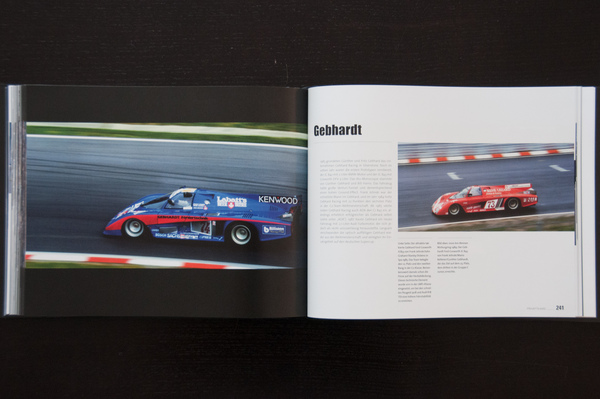
For whom is the book interesting?
The book should definitely find a place with those enthusiasts of historic motorsport who value serious research and technical details and also want complete documentation of the relevant vehicles.
This book was the first of a whole series of Petrolpics, handy and yet large enough to let the full-page photos shine (we also covered Group 5 and Can-Am). Lovers of expressive photos will certainly not miss out with this book either.
The focus is clearly on the vehicles, their development and successes or misfortunes in the races. The buyer should therefore not be disappointed if racing drivers and other team members are not specifically highlighted.
For us personally, however, the book is a must in any serious book collection, especially for lovers of prototype motorsport.
Further information
- Buy the book at Amazon, at Petrolpics or at RacingWebShop
- Author: Thomas Nehlert
- Publisher: Petrolpics
- Language: German
-
Format: 28.8 x 22.6 x 2.6 cm
- Scope: approx. 280 pages
- ISBN-10: 3940306142
- ISBN-13: 978-3940306142
